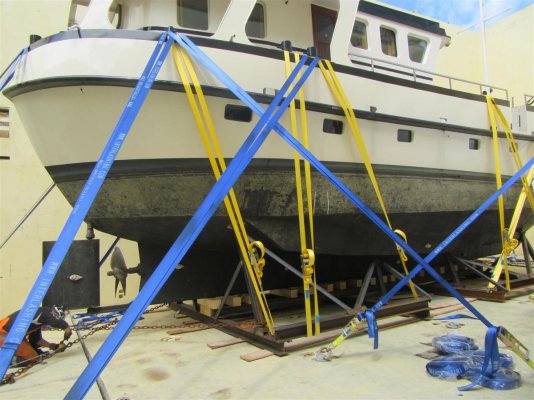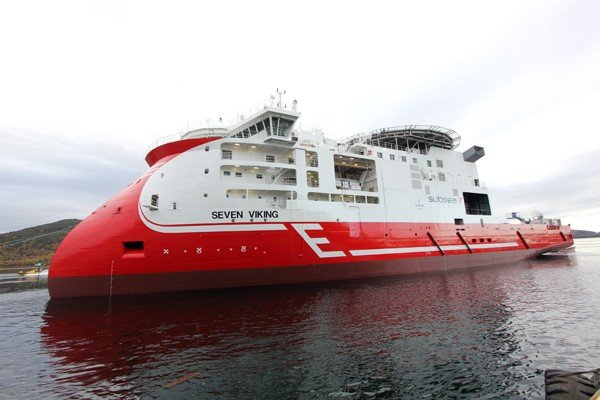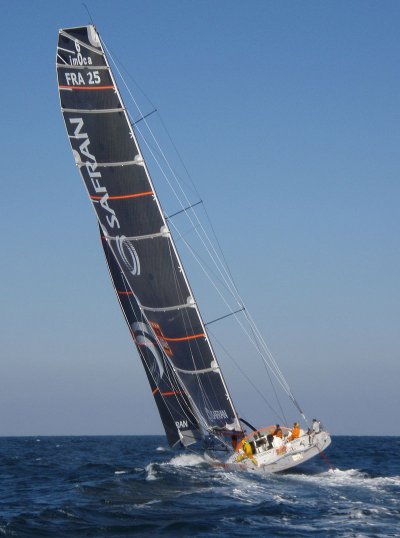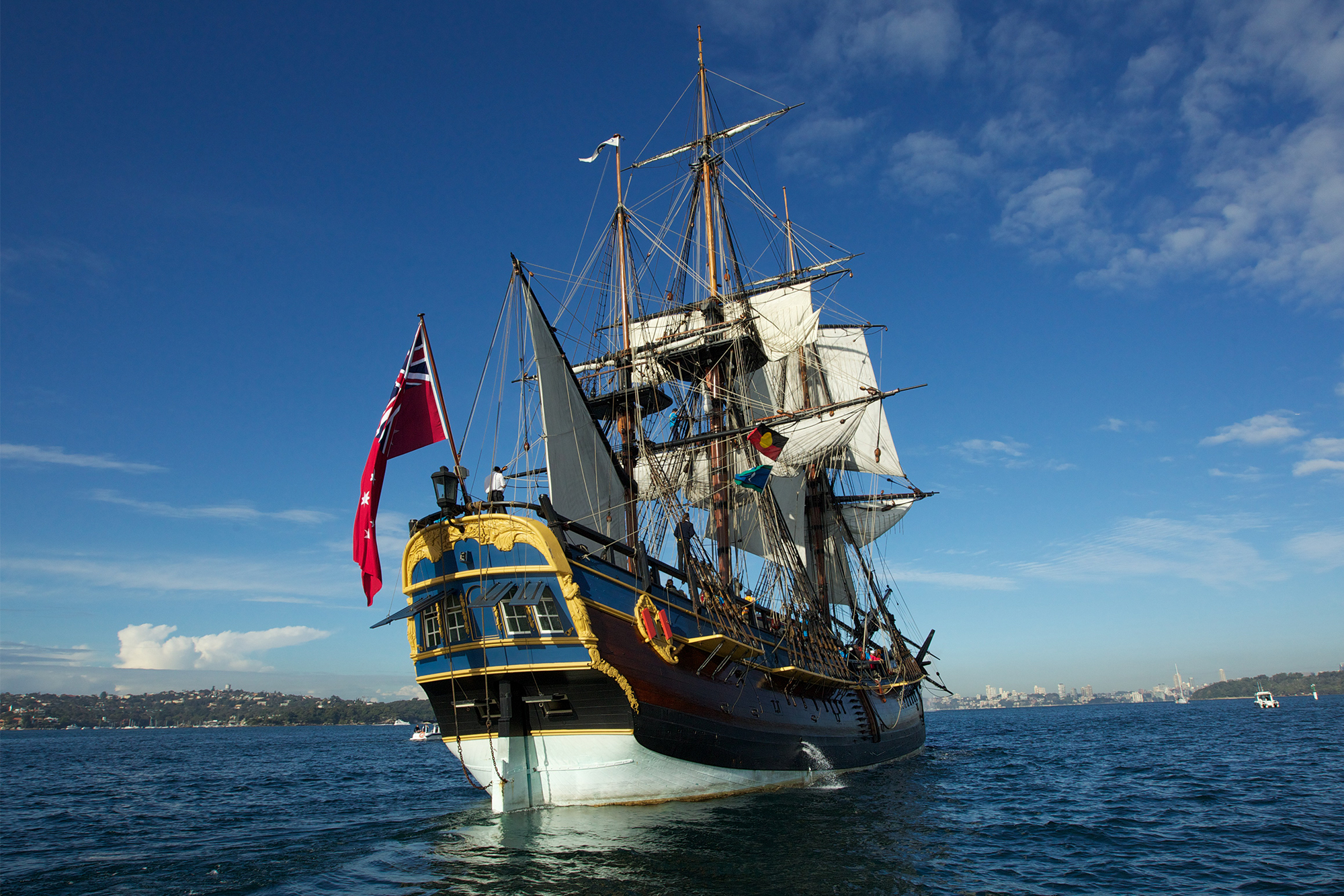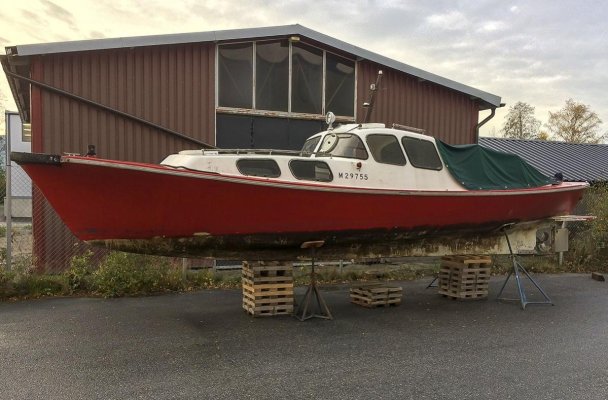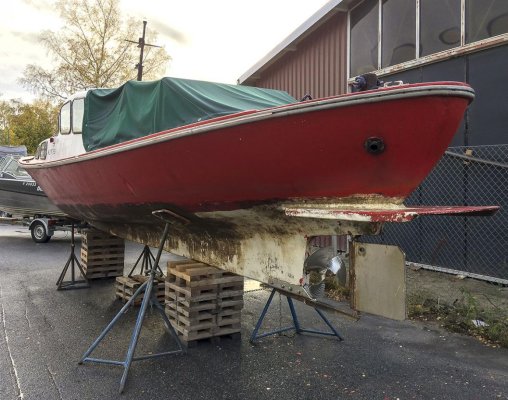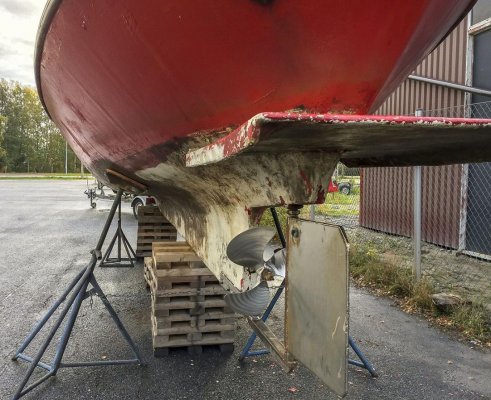Nomad Willy
Guru
I said this on post #42 (page 3) and consider it is a good observation of at least some of what hippo had to say. Short keels actually have advantages but they must be used together w other things that are part of the boats directional stability features. Like sails, their own keels and rudders. W/o the sails the sailboats would be all over the place w their rudders having little leverage.
From pg 3,
“You are very very much into sailboats to the extent that none of us have ever heard of what you speak of. And of course sailboats have sails .. and tall masts. All of this must be involved in what makes the most seaworthy boat. For example w sails up the pressure on the jib and mizzen on the aft end of a main will offer a great deal of directional stability. Trawlers lack that. Also sailboats having sails aloft receive a great deal of roll stability .. that trawlers also lack. Sure they heel way over but they are stably fixed as heeled and don’t roll back and forth. Furthermore they aren’t subject to the inertia of the dynamically rolling and yawing boat.”
From pg 3,
“You are very very much into sailboats to the extent that none of us have ever heard of what you speak of. And of course sailboats have sails .. and tall masts. All of this must be involved in what makes the most seaworthy boat. For example w sails up the pressure on the jib and mizzen on the aft end of a main will offer a great deal of directional stability. Trawlers lack that. Also sailboats having sails aloft receive a great deal of roll stability .. that trawlers also lack. Sure they heel way over but they are stably fixed as heeled and don’t roll back and forth. Furthermore they aren’t subject to the inertia of the dynamically rolling and yawing boat.”
Last edited:

